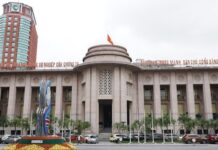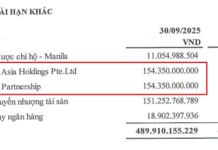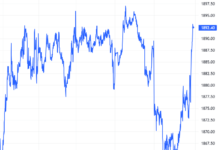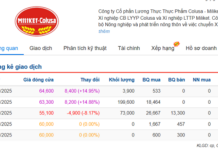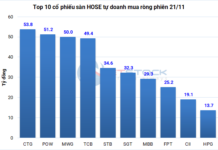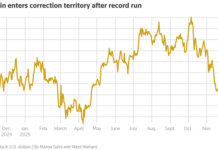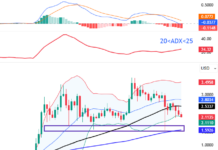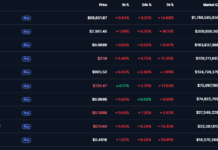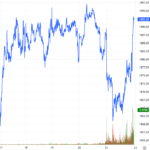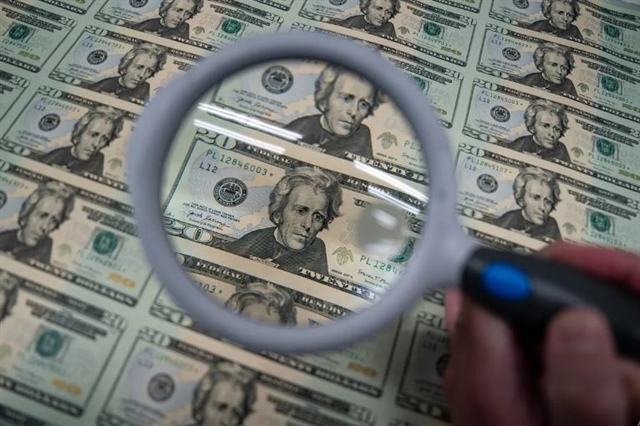
As of September 2024, the top three countries with the largest trade deficits with the US were China, Mexico, and Vietnam. Image source: TL |
Trade Surplus and Currency Manipulation
As the world’s largest economy, the United States is a significant trading partner for many other countries. While some countries/regions, such as the Netherlands, UAE, Australia, the UK, and Hong Kong, contribute to America’s trade surplus, the deficit with others presents a dilemma.
As of September 2024, the top three countries with the largest trade deficits with the US were China, Mexico, and Vietnam, with corresponding values of $217.5 billion, $125.5 billion, and $90.6 billion. However, America’s “attitude” towards these nations depends on political and diplomatic relations, falling into three groups: unfavorable, neutral, and favorable.
In 2015, the US enacted the Trade Facilitation and Trade Enforcement Act to label countries considered currency manipulators, leading to harsher policies in trade, diplomacy, and politics. The US Treasury identifies three factors to determine currency manipulation: significant trade surplus with the US, current account surplus, and persistent one-sided intervention in the foreign exchange market.
China, Vietnam, and Switzerland have been labeled currency manipulators by the US, and the watch list now includes countries/regions with large trade surpluses, such as China, Japan, Germany, South Korea, Vietnam, India, Taiwan, Malaysia, Singapore, and Thailand.
Vietnam: A Special Case
Since normalizing diplomatic relations with the US in 1993, Vietnam has opened its doors to the world, with America being one of its most important trading partners. Moreover, Vietnam consistently maintains a large trade surplus with the US. The American market alone is equivalent to several other major markets combined. In contrast, while Vietnam has significant exports to China, it also has the largest import deficit with this country.
|
A stronger US dollar puts pressure on exchange rates, a challenge faced by many economies globally, including Vietnam. In cases where a controlled flexible exchange rate adjustment is necessary, what the US values most are channels of good faith communication. |
Vietnam was labeled a currency manipulator by the Trump administration in 2020 but was removed from the list in 2021 under the Biden administration, easing concerns of a recurrence. However, it is worth noting that despite the label, the Trump administration did not impose punitive actions, indicating a milder approach.
Looking back at Trump’s previous term, US-Vietnam relations had several positive aspects. Some highlights include: American direct investment in Vietnam increased from $2.46 billion in 2017 to $2.53 billion in 2020, peaking at $2.9 billion in 2018; assets of American multinational corporations in Vietnam rose from $13 billion in 2017 to $18.9 billion in 2021; and the workforce in American companies in Vietnam expanded from 54,700 in 2017 to 75,700 in 2021. Trump visited Vietnam twice, demonstrating a higher priority than other Southeast Asian countries.
With the new Trump administration’s pro-business stance and focus on efficiency, if not pragmatism, Vietnam stands to gain more than lose if it continues to navigate its diplomatic relations skillfully. A stronger US dollar puts pressure on exchange rates, a challenge faced by many economies globally, including Vietnam. In cases where a controlled flexible exchange rate adjustment is necessary, what the US values most are channels of good faith communication.
Dr. Vo Dinh Tri






